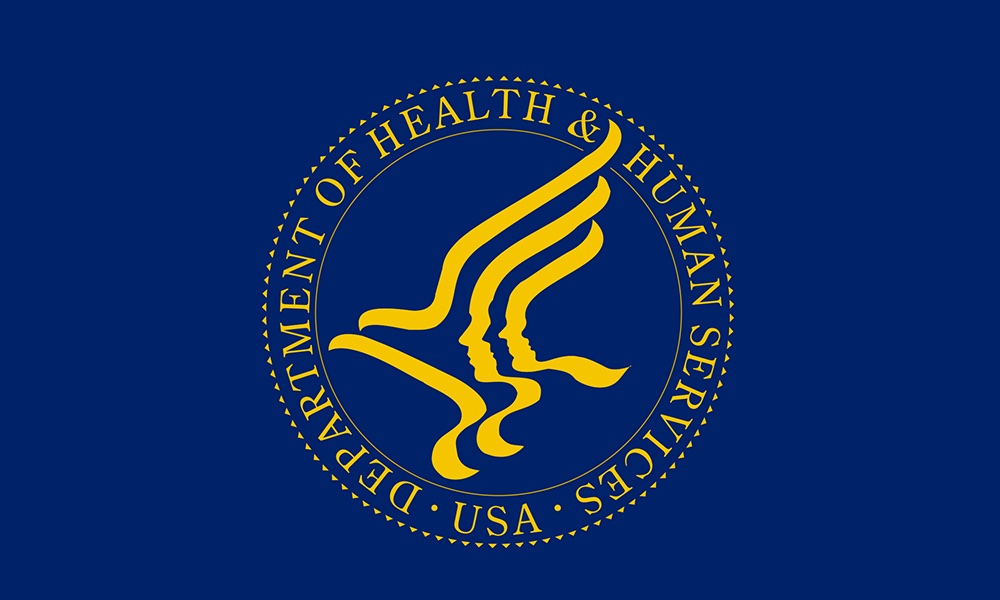It's all in the wrist. We're talking about heart surgery, not table tennis.
When heart arteries are clogged, interventional cardiologists open them up by threading a catheter up to the heart through an artery they enter in the groin. But a new approach, already widely used in Europe, calls for entering through an artery in the wrist. The procedure is much safer, and it is gaining in popularity in the U.S. as well.
The use of a catheter to clear blocked arteries and increase blood flow to the heart is called percutaneous coronary intervention (PCI). A recent study looked at the complications connected with PCI and found that entering through the wrist reduced them.
Bleeding is the chief concern when a person undergoes PCI. It can be difficult to stop the bleeding after entering the artery because so many heart patients are on blood thinners making it harder for their blood to coagulate. The radial artery in the wrist is much smaller than the femoral artery in the groin and therefore easier to compress so it's far easier to stop any bleeding that can occur.From 2004 to 2007, only one out of 50 PCIs were through the wrist; from 2007 to 2012, one out of six, a 13-fold increase.
The study looked at the data on almost 3 million artery-opening procedures undertaken in 1,381 centers from 2007 to 2012 and found that taking the wrist route to the heart improved PCI safety. Bleeding complications occurred in 2.67 percent of the radial artery procedures, compared to 6.08 percent of the femoral artery, a considerable improvement.
There were also far fewer vascular complications among the radial artery patients: 0.16 percent vs. 0.45 percent.
"Traditionally, femoral access has been taught and used in the United States for PCI, whereas the radial approach is frequently used in Europe," said Dmitriy N. Feldman, M.D., the study's lead author and assistant professor of medicine at Weill Cornell Medical College, New York Presbyterian Hospital Department of Medicine, Greenberg Division of Cardiology.
Doctors need training to become proficient in the radial artery procedure. This appears to be happening, particularly in the Northeast. From 2004 to 2007, only one out of 50 PCIs were through the wrist; from 2007 to 2012, one out of six, a 13-fold increase.
Patients, particularly those on blood thinners or otherwise at risk may want to seek out interventional cardiologists experienced with the wrist entry procedure.
The study is published online in the American Heart Association journal, Circulation.




